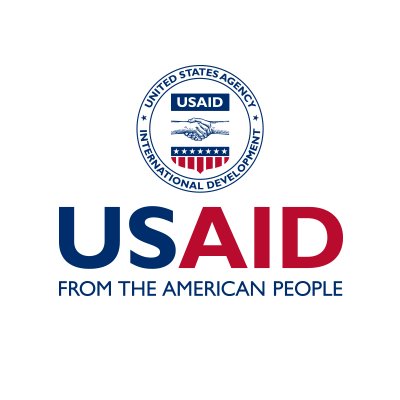USAID and NASA Renew Partnership to Address Climate Crisis, Food Security, and Humanitarian Challenges
Today, Administrator Samantha Power signed a Memorandum of Understanding (MoU) between the U.S. Agency for International Development (USAID) and the National Aeronautics and Space Administration (NASA) to renew and expand collaboration on global scientific and technological solutions over the next five years. The extended agreement reaffirms both agencies’ commitment to jointly address critical development and humanitarian challenges affecting the United States and developing countries through the generation and use of scientific research, innovations, and technologies and advances further interagency collaboration under the President’s Emergency Plan for Adaptation and Resilience (PREPARE). Specifically, the partnership will draw on NASA’s Earth science research and space technology development to help inform USAID’s global programming.
For decades, USAID and NASA have mutually benefited from interagency collaborations under prior MoUs, including on joint research efforts through SERVIR(link is external), Partnerships for Enhanced Engagement in Research (PEER), and the Famine Early Warning Systems Network (FEWS NET)(link is external). For over 17 years, SERVIR has integrated satellite observations, ground-based data, and forecast models to address critical challenges in climate change, food and water security, water-related disasters, land use, and air quality through partnerships with local geospatial organizations in Asia, Africa, and Latin America. PEER is a global grants program that supports scientists and engineers working with U.S. government-funded researchers to address global development issues in USAID partner nations. For over 37 years, FEWS NET has leveraged NASA’s satellite data to generate early warning forecasts of acute food insecurity, helping to save lives by providing timely decision support for 29 countries in sub-Saharan Africa, Central America and the Caribbean, and Central Asia.
Through this renewed collaboration, USAID and NASA will draw on their broad experiences to explore and address problems in agriculture, biodiversity conservation, climate change, disaster preparedness, weather forecasting, and energy and health issues. Our agencies have a proven record demonstrating what is possible when we work together. We look forward to building on our successes using Earth observation and geospatial technology in decision-making across a range of sectors, strengthening science and technology capacity in lower- and middle- income countries, and promoting open science and public access to shared research results and data.

